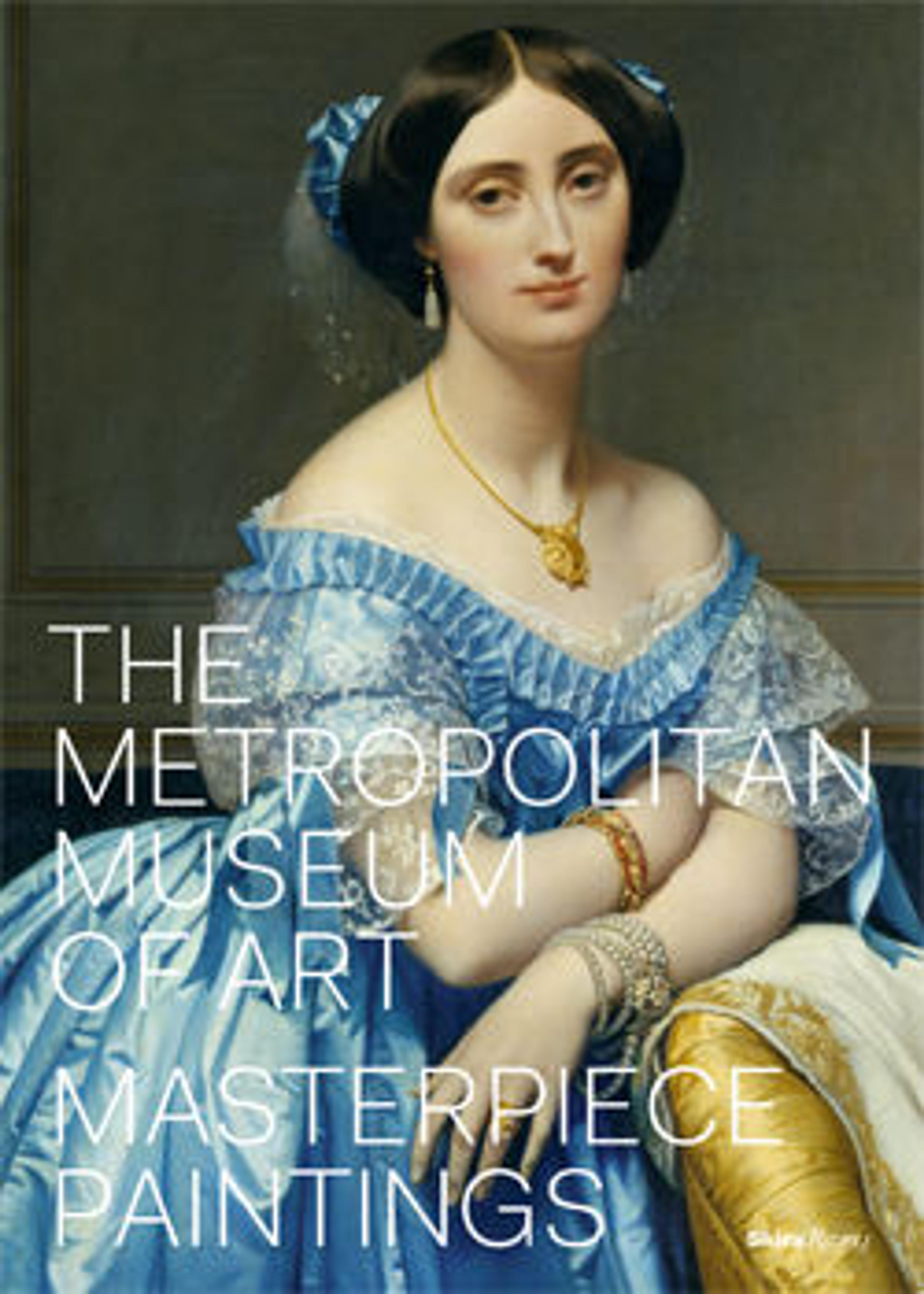The Crucifixion with Saints and a Donor
This splendid triptych combines the talents of a landscape specialist with those of the figurative painter Joos van Cleve. The setting for the Crucifixion, witnessed by the Virgin, Saint John, and the donor with his patron Saint Paul, is a vast landscape whose panoramic vista unifies the interior. On the left wing are Saints John the Baptist and Catherine; on the right are Anthony of Padua and Nicholas of Tolentino. The latter two suggest that the altarpiece was an Italian commission. The frame is original.
Artwork Details
- Title:The Crucifixion with Saints and a Donor
- Artist:Joos van Cleve (Netherlandish, Cleve ca. 1485–1540/41 Antwerp) and a collaborator
- Date:ca. 1520
- Medium:Oil on wood
- Dimensions:Shaped top: central panel, painted surface 38 3/4 x 29 1/4 in. (98.4 x 74.3 cm); each wing, painted surface 39 3/4 x 12 7/8 in. (101 x 32.7 cm)
- Classification:Paintings
- Credit Line:Bequest of George Blumenthal, 1941
- Object Number:41.190.20a–c
- Curatorial Department: European Paintings
Audio
5136. The Crucifixion with Saints and a Donor
0:00
0:00
We're sorry, the transcript for this audio track is not available at this time. Please email info@metmuseum.org to request a transcript for this track.
Listen to more about this artwork
More Artwork
Research Resources
The Met provides unparalleled resources for research and welcomes an international community of students and scholars. The Met's Open Access API is where creators and researchers can connect to the The Met collection. Open Access data and public domain images are available for unrestricted commercial and noncommercial use without permission or fee.
To request images under copyright and other restrictions, please use this Image Request form.
Feedback
We continue to research and examine historical and cultural context for objects in The Met collection. If you have comments or questions about this object record, please contact us using the form below. The Museum looks forward to receiving your comments.
